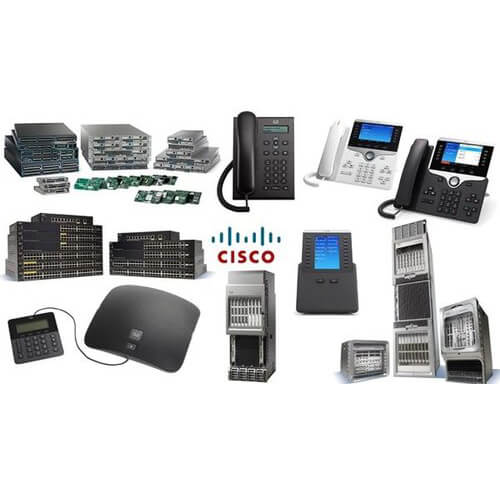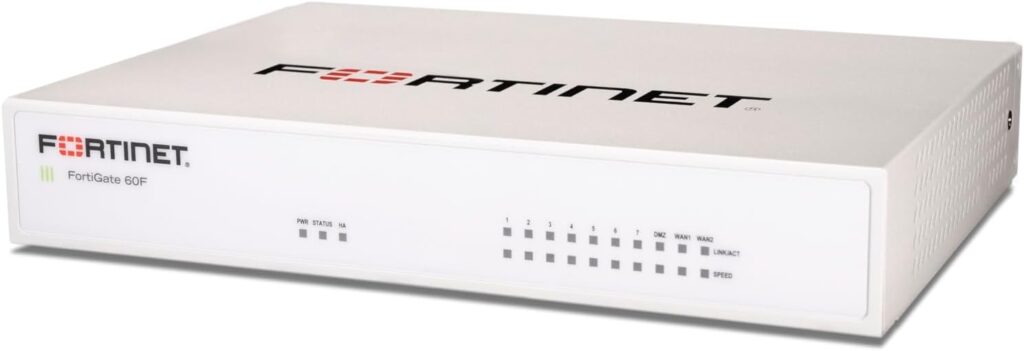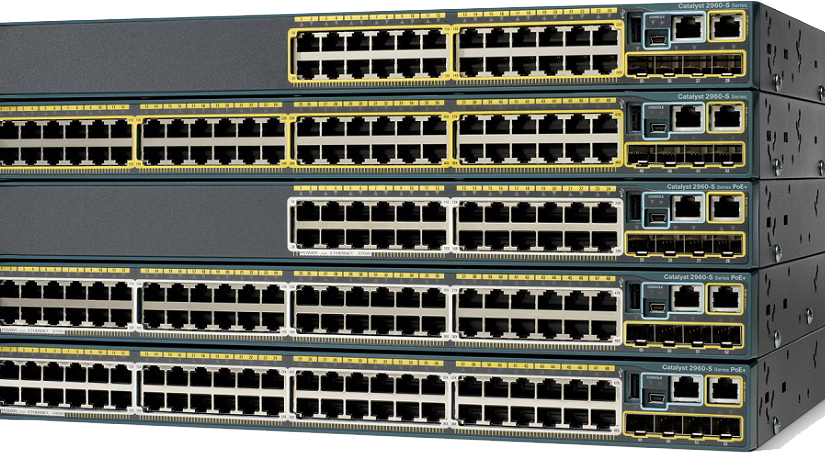The shift to cloud and hybrid IT models isn’t slowing down in 2026. From SMBs to global enterprises, organizations are increasingly relying on the cloud to improve agility, scalability, and security. But moving workloads to the cloud requires robust networking solutions that ensure seamless connectivity, visibility, and control. That’s where Cisco Products come into play.
As a global leader in networking, Cisco has evolved its product portfolio to align with modern digital demands. Its switches, routers, security appliances, and management platforms are designed not just for on-premises operations but also for smooth integration with private, public, and hybrid cloud environments.
This article explores how Cisco solutions are shaping cloud integration strategies in 2026, the benefits they deliver, and practical insights for IT managers preparing their networks for the future.
Why Cloud Integration Matters in 2026
Cloud adoption is no longer just about cost savings — it’s about enabling digital transformation. In 2026, businesses expect:
-
Hybrid Work Enablement: Secure connectivity for remote and on-site employees.
-
Agility: The ability to scale infrastructure up or down on demand.
-
Resilience: Business continuity with built-in redundancy and failover.
-
Security: Consistent protection across cloud and on-premises environments.
Without the right networking tools, cloud adoption can result in performance bottlenecks, higher risks, and poor user experiences.
Cisco Products Driving Cloud Integration
1. Cisco Catalyst and Nexus Switches
-
Role in Cloud: High-performance switching for data centers and hybrid networks.
-
Key Features: Multi-gigabit speeds, advanced segmentation, and automation for cloud-ready infrastructure.
-
Use Case: Enterprises deploying hybrid cloud workloads across local and remote sites.
2. Cisco Meraki
-
Role in Cloud: Simplified, cloud-managed networking for SMBs and distributed enterprises.
-
Key Features: Centralized dashboard, zero-touch provisioning, and integrated security.
-
Use Case: Businesses with multiple branches seeking easy-to-manage cloud networking.
3. Cisco Secure Firewall and Umbrella
-
Role in Cloud: Protection against modern cyber threats across cloud and on-premises environments.
-
Key Features: Threat intelligence, VPN, DNS-layer security, and application visibility.
-
Use Case: Organizations enabling hybrid workforces while keeping cloud traffic secure.
4. Cisco Intersight and AppDynamics
-
Role in Cloud: Cloud operations and application monitoring.
-
Key Features: AI-driven insights, predictive analytics, and workload optimization.
-
Use Case: Enterprises running mission-critical workloads in multi-cloud environments.
5. Cisco ThousandEyes
-
Role in Cloud: End-to-end visibility into application and network performance.
-
Key Features: Cloud monitoring, digital experience insights, and performance optimization.
-
Use Case: Businesses relying on SaaS apps like Microsoft 365 or Salesforce.
Benefits of Using Cisco Products for Cloud Integration
-
Unified Management
Cisco centralizes visibility across on-premises and cloud assets, reducing complexity. -
Improved Security
End-to-end protection ensures consistent policies across physical, virtual, and cloud networks. -
Enhanced Performance
With AI-driven automation, Cisco optimizes application delivery across hybrid setups. -
Scalability
Whether you’re a startup or a global enterprise, Cisco offers solutions that scale with your growth. -
Future-Proofing
Cisco continually updates its products to align with evolving cloud standards and emerging technologies.
Challenges Businesses Face in Cloud Integration
Even with advanced tools, businesses encounter challenges such as:
-
Cost Management: Balancing cloud subscriptions and hardware investments.
-
Security Compliance: Meeting industry standards across multi-cloud environments.
-
Skill Gaps: IT teams may need training to fully leverage Cisco’s cloud-native tools.
-
Vendor Lock-In: Over-reliance on a single cloud or product suite can limit flexibility.
Cisco addresses many of these pain points through open standards, robust training programs, and flexible licensing.
Practical Tips for IT Managers in 2026
-
Conduct a Network Assessment: Identify current bottlenecks before adopting cloud-based Cisco Products.
-
Adopt a Hybrid Approach: Combine on-premises Cisco solutions with cloud-managed tools for flexibility.
-
Prioritize Security: Integrate Cisco firewalls, Umbrella, and Zero Trust architecture into your strategy.
-
Leverage Automation: Use Cisco DNA Center or Meraki’s dashboard to streamline provisioning and monitoring.
-
Plan for Growth: Choose models with extra port capacity, faster uplinks, and scalable licensing options.
Industries Benefiting from Cisco Cloud Integration
-
Healthcare: Secure cloud access for electronic health records (EHR).
-
Finance: Regulatory-compliant hybrid infrastructures.
-
Education: Scalable online learning environments with secure connectivity.
-
Retail: Cloud-managed networking across multiple stores.
-
Manufacturing: IoT-enabled smart factories with hybrid deployments.
Conclusion
In 2026, cloud adoption is no longer optional — it’s the foundation of modern business. Cisco Products provide the tools organizations need to securely, efficiently, and confidently integrate with cloud and hybrid infrastructures. From Meraki for simplified management to Catalyst switches for high-performance backbones, Cisco ensures that every business has the right solution to thrive in a cloud-first world.
Ready to upgrade your network for the future? Contact us today to explore Cisco’s cloud-ready products tailored to your business needs.















